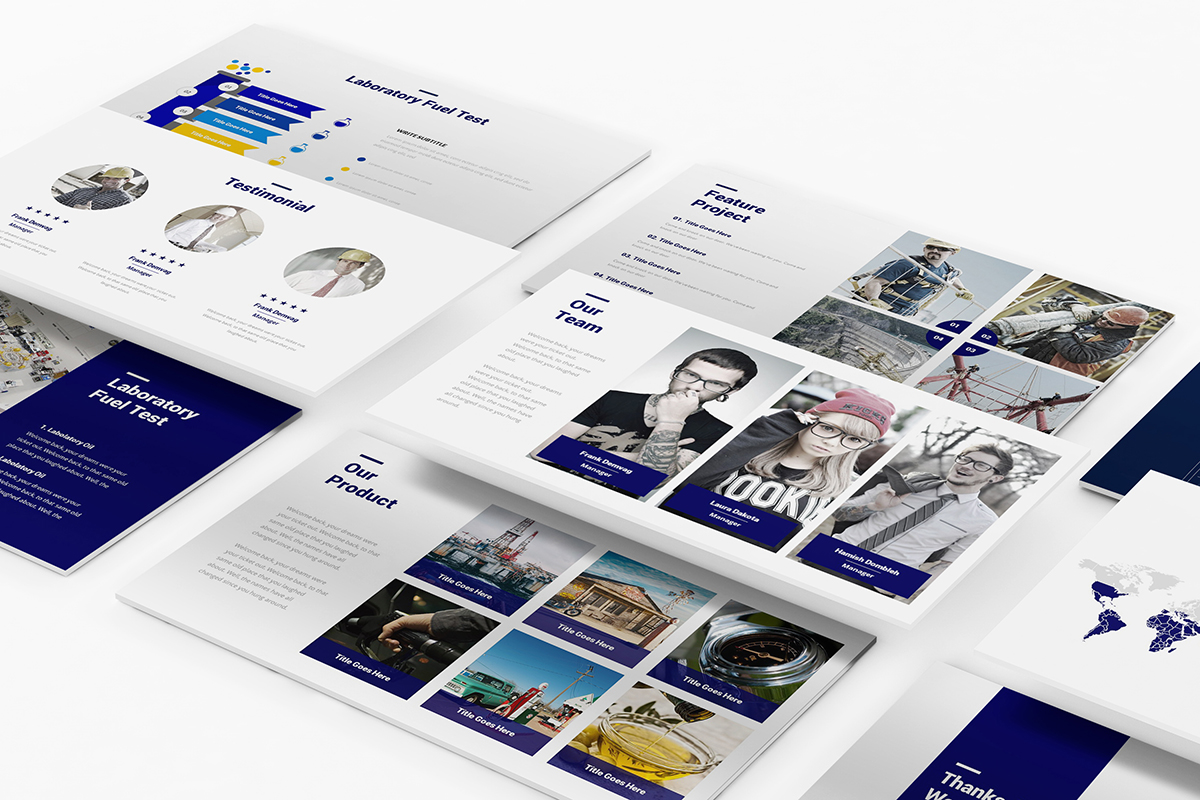Read reviews, compare customer ratings, see screenshots, and learn more about Fuel for Keynote Lite - Themes & Templates for Keynote Presentations. Download Fuel for Keynote Lite - Themes & Templates for Keynote Presentations for macOS 10.7 or later and enjoy it on your Mac.
I remember one of my first meetings with Jesper Brodin, CEO of IKEA Group. At the time, he was in another role and I was presenting at a workshop about the future of retail and digital technologies. To this day, his recollection is of me being fairly clear in terms of the pace of change and whether his company had enough time to innovate at the pace of change required to survive and thrive. He went on to write his account of that experience in the foreword to my Sunday Times Bestseller, Powered By Change, and I’m honoured that he cites my change strategies as a valuable utility that IKEA continues to use to this day.

- Fuel for Keynote – handmade themes for your perfect presentation. Unique themes for your business, personal or any other presentation.
- Fuel for Keynote Lite - Themes & Templates for Keynote Presentations for PC and Mac. Written by Infinite Loop Apps. Category: Productivity; Release date: 2016-05-03; Licence: Free; Software version: 1.0.2; File size: 15.64 MB; Compatibility: Windows 10/8.1/8/7/Vista and Mac OS X 10.7.
- Fuel for Keynote - handmade themes for your perfect presentation. Unique themes for your business, personal or any other presentation. The app contains 170 multiple layout themes. Each theme has 32 unique master slides - a mix of bullet text and photo-oriented layouts.
The way that IKEA innovates, from a supply-chain perspective to the product range, is an interesting case study that all retailers could benefit from learning from. Just as IKEA realised, all retail organisations now see that traditional structures have been democratised, decentralised and disrupted by the Internet and the entry of new offerings with no preceding ‘right’ to dismantle the marketplace that has been around for several millennia. Years ago, as I started to travel the world and describe the nature of these changes, the same I’ve detailed in Powered By Change, the standard reaction from many retailers was along the lines of “yeah, we’re adopting new technologies, we’re on to it”, but upon closer inspection, their perception of change was misaligned to the actual nature of change itself. The thing that IKEA did differently was to adopt a mindset of curiosity and courage to face the winds of change in a way to continually improve; akin to a windmill that uses the wind to power itself. This is why the frameworks in my book comprise what I call ‘The Windmill Theory’.
The Windmill Theory is more of a practical guide rather than a theoretical structure. It is based on four interdependent ‘blades’ of the metaphorical windmill, that interact together in the modes of Purpose, People, Product and Process. Despite terms such as ‘digital’ or ‘social’ being mentioned at various points, the way of using change as an empowering energy is more to do with why we do what we do and why it matters, who we do it with and how they think, what we offer to the market and how our entire operation runs. This is from a holistic yet exacting perspective and, critically, moves from the one-off change management to the management of perpetual change.
Very often, in life and in business, what we perceive to be the issue is actually the tip of the iceberg. Viewing the digitisation of content and channels as a technological context misses the fundamental realities of market shifts that deconstruct how everything works. For example, in retail, as soon as the general public were able to be retailers (on platforms such as eBay or Etsy), the exclusive capability of companies to control markets was diminished. This is more than a technological paradigm, it’s a liberation of people that cannot be reversed. This impacts every aspect of the retail landscape from consumer behaviour to currency and everything in-between. This means the onus is on retailers to not only understand the deep workings of the new landscape but also accelerate every part of their ways of working, to keep up with the accelerating speed of change.

It’s vital to properly comprehend that today is the slowest pace of change we’ll ever experience. What seems to be ‘fast enough’ today, is not ‘fast enough’ tomorrow. Retailers need to innovate in every area, regardless of whether that is research & development, production & manufacturing, logistics & distribution or sales & marketing. To achieve this, retailers need to persistently engage the curious and courageous mindset I mentioned earlier, so as not to be left behind as the winds of change blow with increasing strength. It will not be the companies with the best technology who win, nor the ones with the most famous brands. It’ll be the ones who are relentless in their pursuit of using change as fuel for business success, rather than feel comfortable that they’re moving fast enough with plenty of time to adapt.
The 3 key takeaways I’d like to leave you with are:

Fuel For Keynote Themes 2.0
1. Innovation isn’t just a product concept. Value chain innovation is required in a world where the entire value chain has been disrupted.
2. What is often viewed as a technological trend is actually a signpost of something much more fundamental.
Fuel For Keynote Book
3. Our perception of the speed of change needs to be critically analysed so we don’t miss the true personality traits of perpetual change, and what it means.
